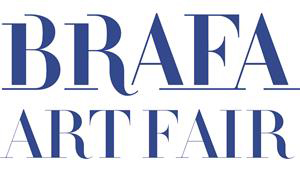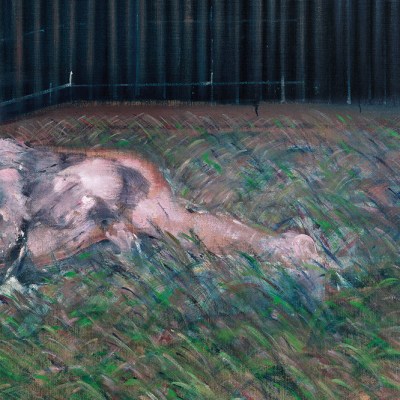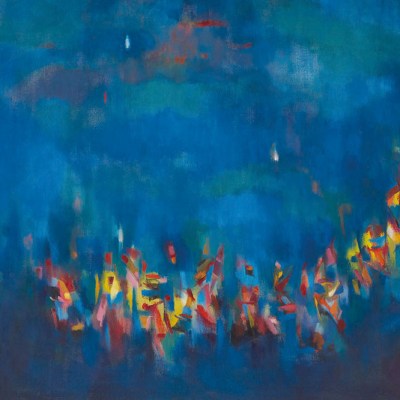
The Shortlist
Apollo’s longer selection of the year’s most important museum acquisitions will be published in the December 2025 issue.
Art Institute of Chicago
More than 2,000 works of French art from the collection of Jeffrey and Carol Horvitz
The American collectors Jeffrey and Carol Horvitz have amassed one of the most important private collections of French Old Masters in the United States. The Art Institute of Chicago announced in February that more than 2,000 works from the Horvitz collection had been donated to the museum. This vast gift comprises nearly 2,000 drawings, 200 paintings and 50 sculptures from the 16th to the 19th century, and includes pieces by Boucher, Fragonard, David, Géricault, Vigée Le Brun and Boilly. The couple have also promised a series of financial donations to help with conservation, research and staffing, in what a museum statement said is ‘expected to become one of the largest financial gifts’ in the museum’s history.

Ashmolean Museum, Oxford
The Crucifixion with the Virgin, Saint John the Evangelist and the Magdalen (early 1420s), Fra Angelico
This small gold-ground panel by Fra Angelico had been in a private collection in the UK for two centuries until 2024, when it was sold at Christie’s to an overseas buyer for £5m. The government barred export, on grounds of cultural and historical importance, giving domestic buyers until the end of October 2024 to make a bid. The Ashmolean launched an appeal, and thanks to major donations by the Art Fund and the National Heritage Memorial Fund, plus thousands of smaller individual donations, by November had raised the £4.5m required. The Ashmolean is the only British museum outside London to own work by Fra Angelico – The Crucifixion joins a large triptych panel from later in the artist’s career in its collection.
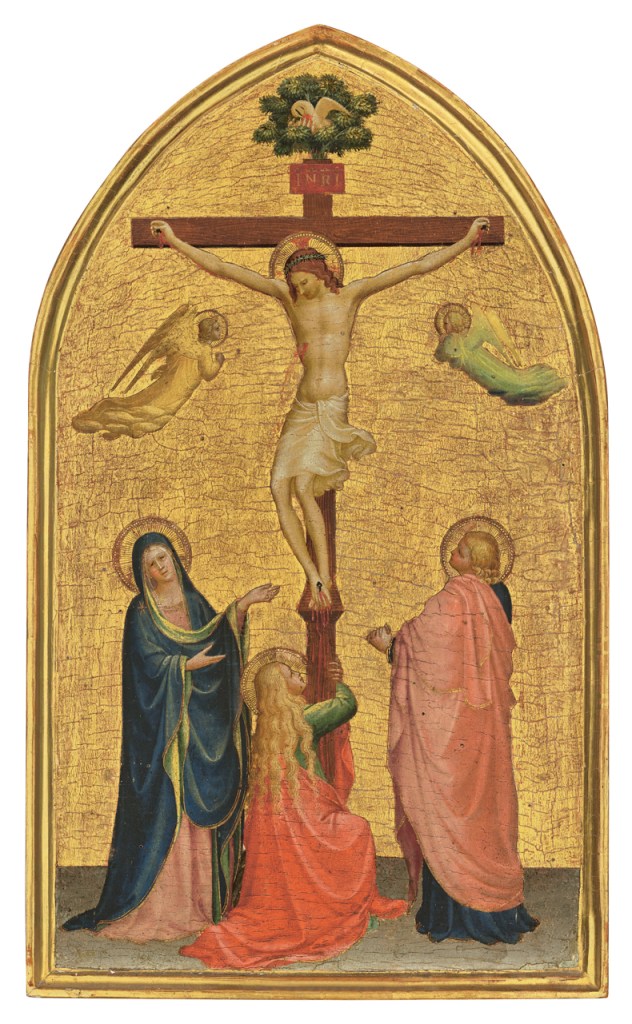
British Museum, London
1,700 Chinese ceramics from the Sir Percival David Foundation
Between the 1910s and his death in 1964, the British businessman and scholar Sir Percival David built up the world’s finest single-owner collection of Chinese ceramics outside China. His wish was always that his collection be freely available for the public to appreciate; since 2009 his collection has been on loan to the British Museum, and in November 2024 the Sir Percival David Foundation announced that it had donated the 1,700 objects (valued at £1bn) to the museum permanently – the highest-value gift of objects to any UK museum ever. The collection includes cups manufactured in the Jingdezhen imperial kiln during the Ming dynasty, 11th-century Song-dynasty Ru ware, and the celebrated 14th-century blue-and-white David Vases.

Cleveland Museum of Art
Fata Morgana (c. 1572), Giambologna
Works by the mannerist sculptor Giambologna rarely appear on the market. Marbles are especially hard to come by – only three of his dozen or so known works in marble reside outside of Italy and one of these, Fata Morgana, depicting a a nude woman clutching a shell, was acquired by the Cleveland Museum of Art from a private collection in June. Commissioned in the early 1570s by Bernardo Vecchietti, a banker and an adviser to the Medici dukes Cosimo I and Francesco I, this work was originally an adornment to a grotto and fountain at Vecchietti’s Tuscan villa. It was the last remaining marble by Giambologna in private hands, and will be displayed in a dedicated Italian Renaissance gallery at Cleveland.
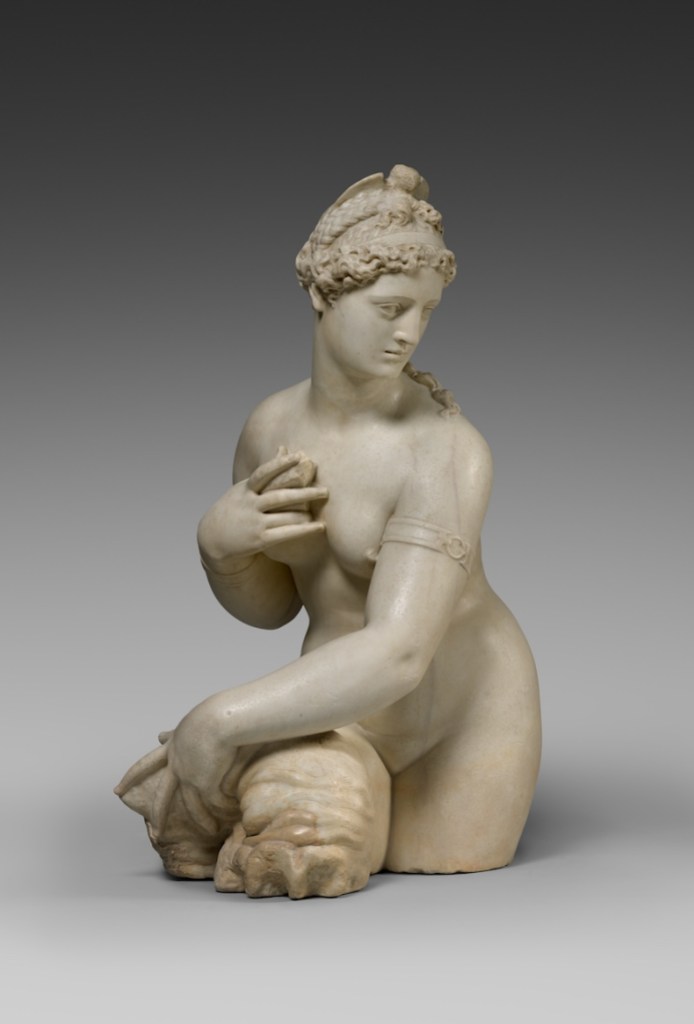
Los Angeles County Museum of Art
Three Studies of Lucian Freud (1969), Francis Bacon
When the businesswoman Elaine Wynn bought Francis Bacon’s Three Studies of Lucian Freud at Christie’s New York in 2013 for $142.4m, it became the most expensive artwork ever sold at auction, and remains the most valuable work by a British or Irish artist ever sold. Wynn died in April this year and the crowning glory of her collection was in September bequeathed to the Los Angeles County Museum of Art – she had co-chaired its board and donated $50m towards its expansion in 2016. The monumental triptych shows Freud sitting in three different poses, his face contorted against a vivid yellow background. It will go on show in LACMA’s new David Geffen Galleries, slated to open in April next year.
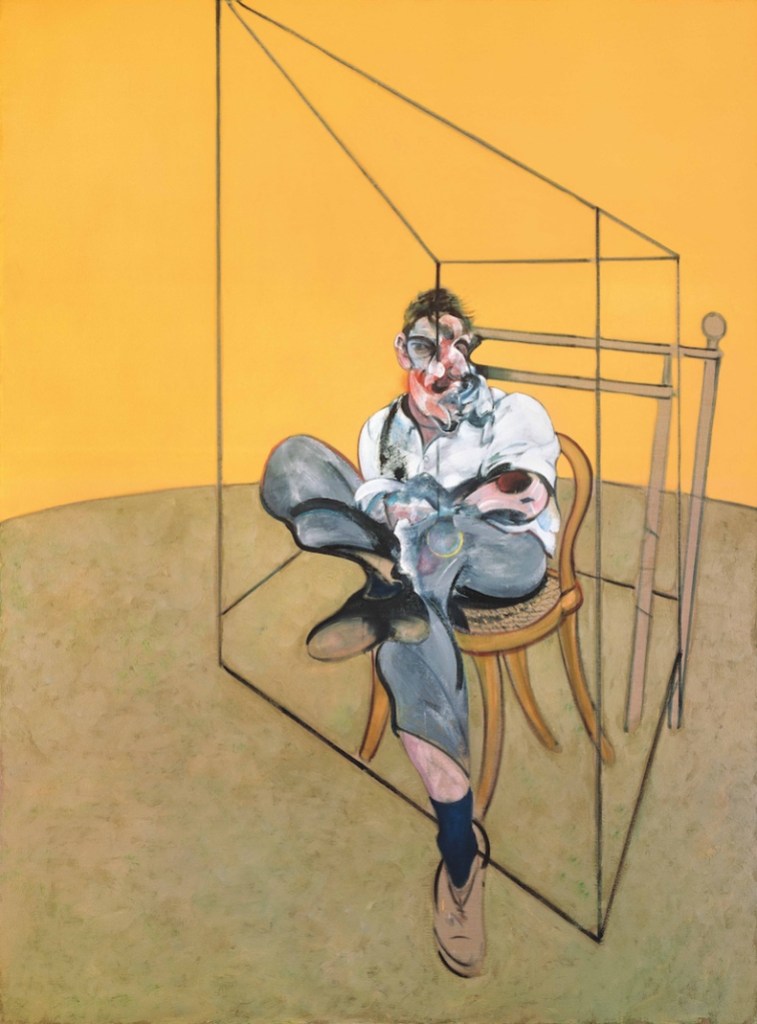
Menil Collection, Houston
123 works by Cy Twombly
Designed by Renzo Piano and opened in 1987, the Menil Collection was built to house the body of mainly 20th-century art built up by John and Dominique de Menil. Marking the 30th anniversary of its Cy Twombly Gallery, in January the Menil Collection received a major gift from the Cy Twombly Foundation of 123 works. These include two early paintings that have been on long-term loan at the museum: Volubilus (1953), which takes its name from a Roman site in Morocco and shows two abstracted arch-like forms, and Untitled (1954), a mass of scrawls that anticipates some of his most famous late works. The 121 works on paper span Twombly’s career and include graphite drawings and collages.
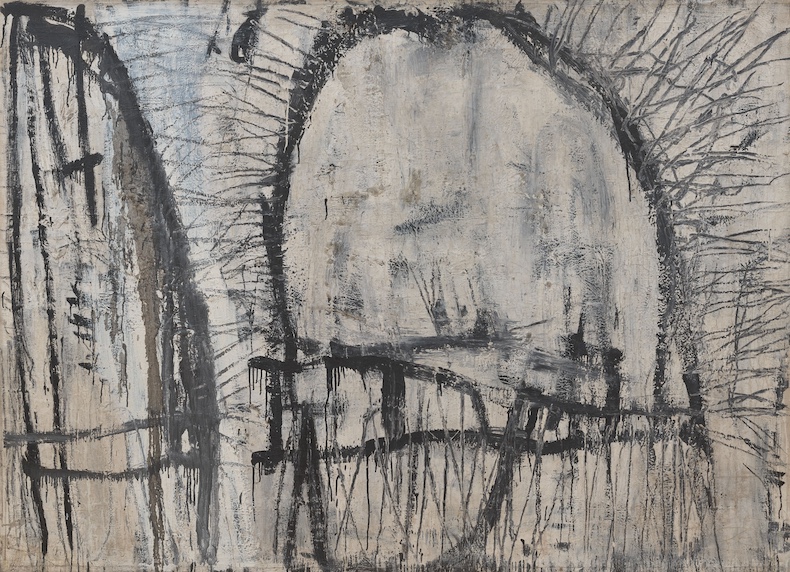
Rijksmuseum, Amsterdam
Triton (1653), Gian Lorenzo Bernini
In January the Rijksmuseum acquired a sculpture by the baroque master Bernini on permanent loan from a private collector. The sculpture, a depiction of the Greek god Triton wrestling a sea monster, is a terracotta study for the figure Bernini made for the Fontana del Moro in Rome in 1653, which still stands in the city today. A third version of the sculpture, in the Kimbell Art Museum in Texas, was probably produced as a gift to Pope Innocent X, who commissioned the fountain sculptures. The Rijksmuseum version underwent restoration work in 2018 and is now the first Bernini sculpture on permanent display in the Netherlands.
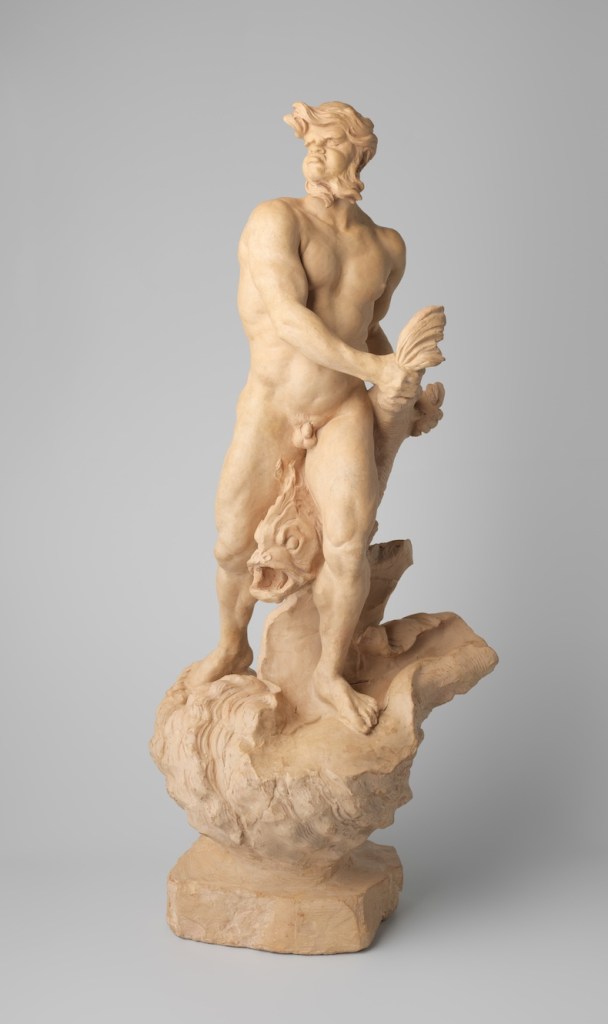
Tate Modern, London
Iva (1973), Joan Mitchell
The reputation of the abstract artist Joan Mitchell has risen to such an extent since her death in 1992 that many institutions in the UK can these days rarely afford to buy works that they missed out on during her lifetime. In April the Tate was given one of her paintings – a six-metre-wide triptych, painted in 1973 and named after the artist’s dog, Iva – by the Miami-based art collectors Jorge M. and Darlene Pérez. The Pérezes have also pledged to give a series of artworks to the Tate in the next few years by Yinka Shonibare, El Anatsui and others, as well as a multimillion-dollar endowment to help fund curatorial posts dedicated to African and Latin American art.
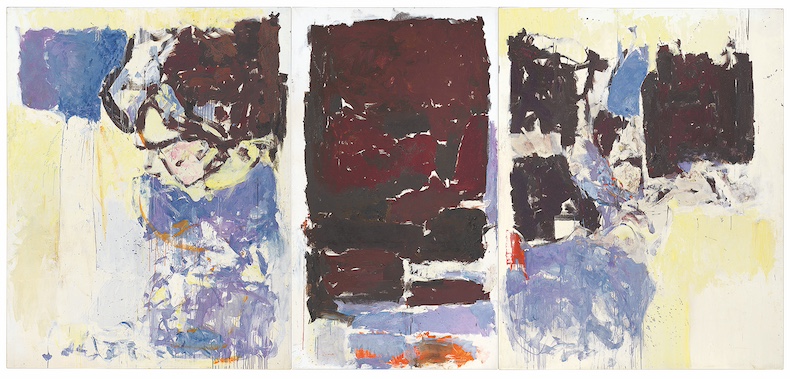
The winner will be announced on 20 November.
The Shortlists | Artist of the Year | Museum Opening of the Year | Exhibition of the Year | Book of the Year | Acquisition of the Year
